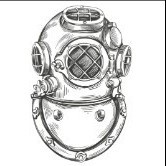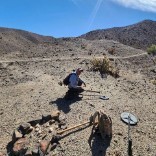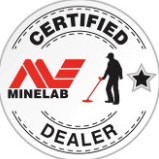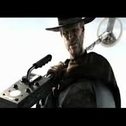Prospectors Guide To Beach Detecting
-
Similar Content
-
- 5 replies
- 8,607 views
-
- 2 replies
- 476 views
-
- 3 replies
- 466 views
-
- 4 replies
- 537 views
-
- 3 replies
- 1,130 views
-
- 6 replies
- 953 views
-
-



.thumb.jpg.95344db3aeef0a4c6c73420daa366191.jpg)




Recommended Posts
Create an account or sign in to comment
You need to be a member in order to leave a comment
Create an account
Sign up for a new account in our community. It's easy!
Register a new accountSign in
Already have an account? Sign in here.
Sign In Now